These are the Best Retro Open-World Games

Before open-world games turned into vast photorealistic sandboxes dotted with quest markers and real-time weather systems, they existed in a cruder but no less ambitious form. Back when limitations were everywhere — from limited disk space to primitive 3D engines — developers still dared to craft open spaces that gave players freedom, not just objectives. These games were early blueprints for the worlds players get lost in today.
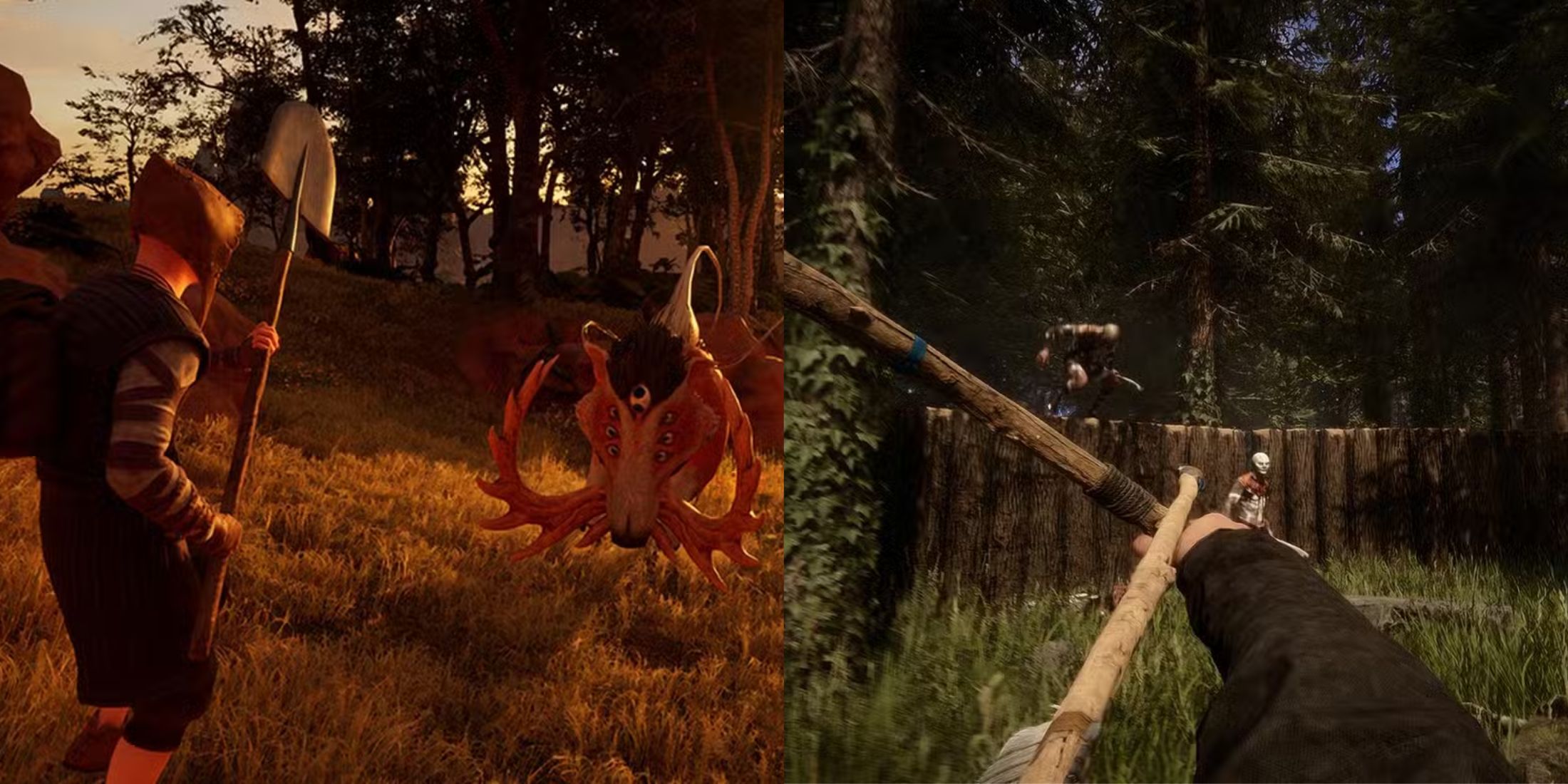
Related
7 Open-World Games with Changing Seasons
These open-world games bring their worlds to life with changing seasons, impacting gameplay, exploration and strategy in dynamic, immersive ways.
From interstellar trading simulators that relied on imagination more than graphics, to gritty cityscapes built with a bird’s eye view, retro open-world games often relied on ideas far ahead of their time. These are the titles that proved an “open world” didn’t have to be photorealistic to be believable — it only had to give players the freedom to go anywhere.
6
Hunter
A Sandbox Before the Sand Settled
|
Release Date |
August 1991 |
|
Platforms |
Amiga, Atari ST |
|
Developers |
Paul Holmes and Martin Walker |
Years before Far Cry and Just Cause made open-world chaos the norm, there was Hunter — a 1991 Amiga title that put players in the boots of a lone soldier in hostile territory. What made it groundbreaking wasn’t just its early use of polygonal 3D, but the way it offered complete freedom to navigate its procedurally generated island. You could hijack boats, commandeer helicopters, or ride bikes across beaches and forests — all while chasing down your mission target or simply ignoring it.
Unlike other games of its time, Hunter didn’t rely on linear missions. Players could approach objectives however they wanted, which made it feel ahead of its time in terms of systemic gameplay. The day/night cycle, destructible objects and ability to use a map to mark coordinates all gave the sense of a world running on its own logic.
Even with its low-poly visuals and limited audio, Hunter created a genuine sense of place — and that alone made it unforgettable.
5
Uncharted Waters
Before Pirates of the Caribbean Was a Genre
|
Release Date |
April 1, 1993 |
|
Platforms |
FM Towns, X68000, NEC PC-98, Super NES, Genesis, PC, Sega Saturn, PlayStation |
|
Developers |
Koei Tecmo Games |
Long before players could roam Caribbean islands in Assassin’s Creed 4 or plunder trading posts in Sea of Thieves, Uncharted Waters offered open-ended maritime adventuring with a historical twist. Released in 1990 by Koei, the game was set in the Age of Discovery and gave players control of a European captain navigating global trade, political alliances and naval combat.
The open-world aspect was less about terrain and more about systems. Ports could be influenced through investment, goods fluctuated in value depending on supply chains and exploration could yield everything from new cities to forgotten treasures. For a game on the NES and later MS-DOS, its scale was impressive.
What stood out wasn’t just the gameplay loop but the way players shaped their own story. Whether sailing for profit, power, or simply the thrill of the unknown, Uncharted Waters offered a rare kind of historical simulation — one that never forced a path but offered many.
4
Elite
The Galaxy Fit on a Floppy Disk
|
Release Date |
September 20, 1984 |
|
Platforms |
BBC Micro and Acorn Electron |
|
Developers |
David Braben, Ian Bell |
No discussion about retro open-world games is complete without mentioning Elite. Released in 1984 for the BBC Micro, this wireframe space sim somehow managed to cram an entire procedurally generated galaxy into under 50KB of memory. That wasn’t just technical wizardry — it was revolutionary design.
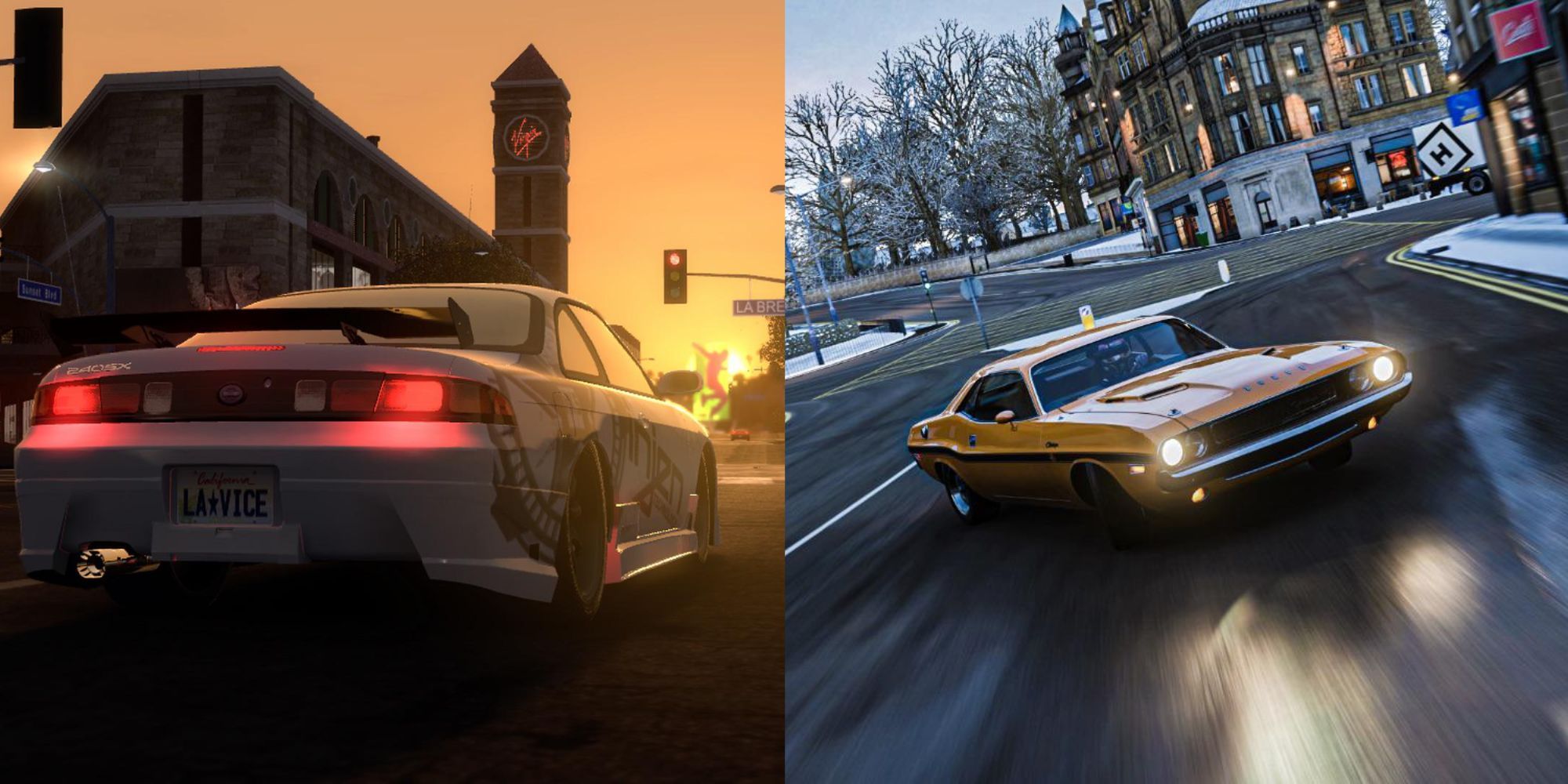
Related
7 Best Open-World Racing Games
Open worlds fit perfectly with racing games, and these titles are the best ones in the genre.
Players took control of a lone spaceship, the Cobra Mk 3, and were free to make their living however they wanted. Smuggling contraband, trading legal goods between star systems, hunting pirates, or becoming one yourself — the galaxy had room for it all. There were no levels, no forced goals. Just space, and the freedom to carve out your identity within it.
Despite having no actual map in the traditional sense, Elite’s universe felt infinite thanks to its procedural generation. What it lacked in detail, it made up for in depth. And the ranking system that tracked your reputation — from “Harmless” to “Elite” — added a personal progression that felt earned, not scripted.
3
Shenmue
A World that Moved While You Blinked
It’s easy to forget how radical Shenmue felt when it launched on the Sega Dreamcast in 1999. While open-world games existed before, none had captured the mundane beauty of everyday life like this. Players didn’t just explore 1980s Yokosuka — they lived in it. Shops opened and closed based on real-world hours, NPCs had schedules and the weather forecast matched the historical records of that winter.
Though its open world was limited in size, it was unmatched in detail. You could open drawers in your house, feed a stray cat, or waste time at the local arcade playing Space Harrier. That attention to micro-moments made the world feel alive, even when the main story — a revenge tale about a murdered father — took a backseat.
The game’s slow pacing and quirky controls weren’t for everyone, but Shenmue’s vision of an open world was one where time mattered and people felt real. It was never about running; it was about existing.
Daggerfall’s Older, Clunkier Brother
Before Skyrim’s dragons and Oblivion’s gates, Bethesda tested the waters of high-fantasy scale with The Elder Scrolls: Arena in 1994. What started as a gladiator-style combat game evolved into a full-blown RPG with a sprawling open world. And sprawling is no exaggeration — Arena let players travel across a fantasy continent that, technically speaking, was larger than anything the series has done since.
The game’s world was largely procedurally generated, with thousands of towns, dungeons and NPCs. It wasn’t exactly hand-crafted, but it gave the illusion of endlessness, which at the time, was enough. Spells could be custom-made, quests had branching paths and fast travel was essential unless players wanted to spend hours trekking through snow-covered wastelands on foot.
Though often overshadowed by its sequel, Daggerfall, Arena was where the core Bethesda formula began — freedom first, fidelity later.
1
Grand Theft Auto
Crime, Chaos and a Top-Down View
Before GTA became a billion-dollar franchise filled with Hollywood performances and 3D shootouts, it was a crude top-down action game that launched in 1997. And yet, even with its pixelated sprites and clunky physics, the original Grand Theft Auto was already brimming with the DNA that would make the series iconic.
Players roamed fictional cities based on New York, Miami and San Francisco, taking jobs from phone booths, running over pedestrians and dodging the fuzz in stolen vehicles. It was chaotic, satirical and deeply replayable. There was no one way to succeed — whether you followed missions or just caused mayhem was up to you.
The game’s “wanted level” mechanic and radio stations (even in their most primitive form) gave the world a dynamic edge. For a game that looked like it belonged on an arcade machine, Grand Theft Auto offered freedom that most big-budget games of the time couldn’t dream of.
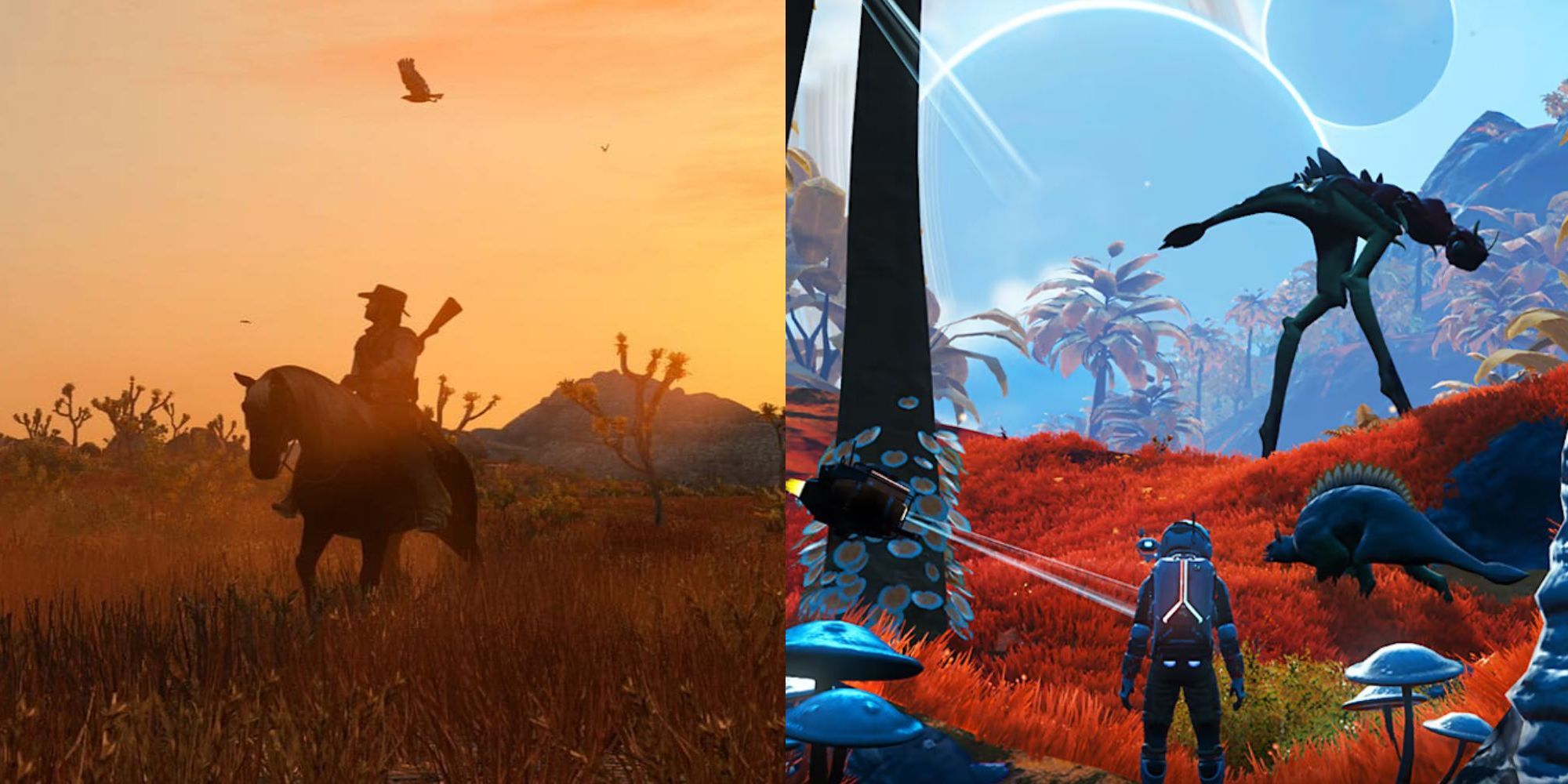
Next
10 Best Open-World Games on Switch
Nintendo Switch has one of the best game libraries of any console, and these are the best open-world games in it.

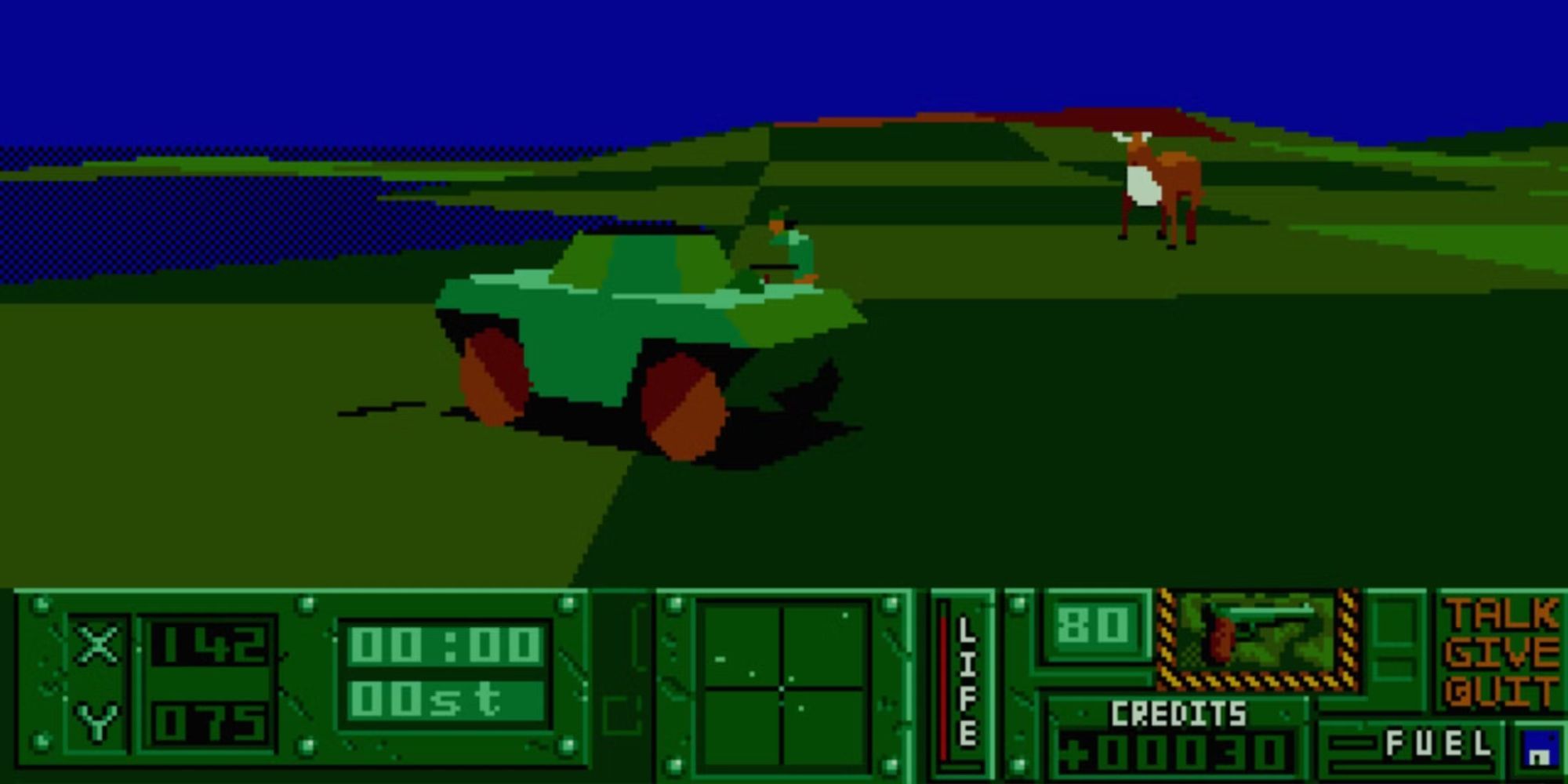
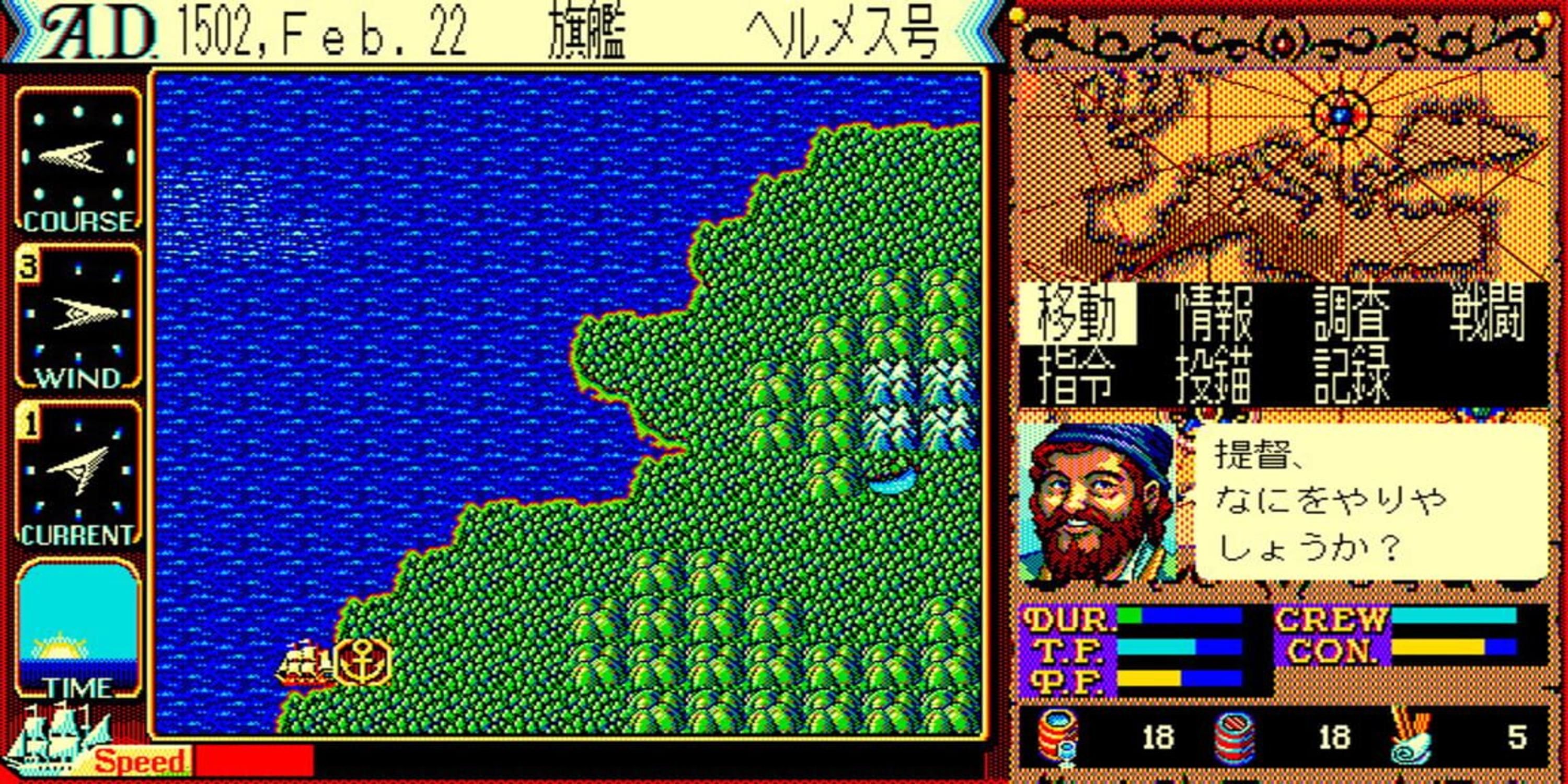
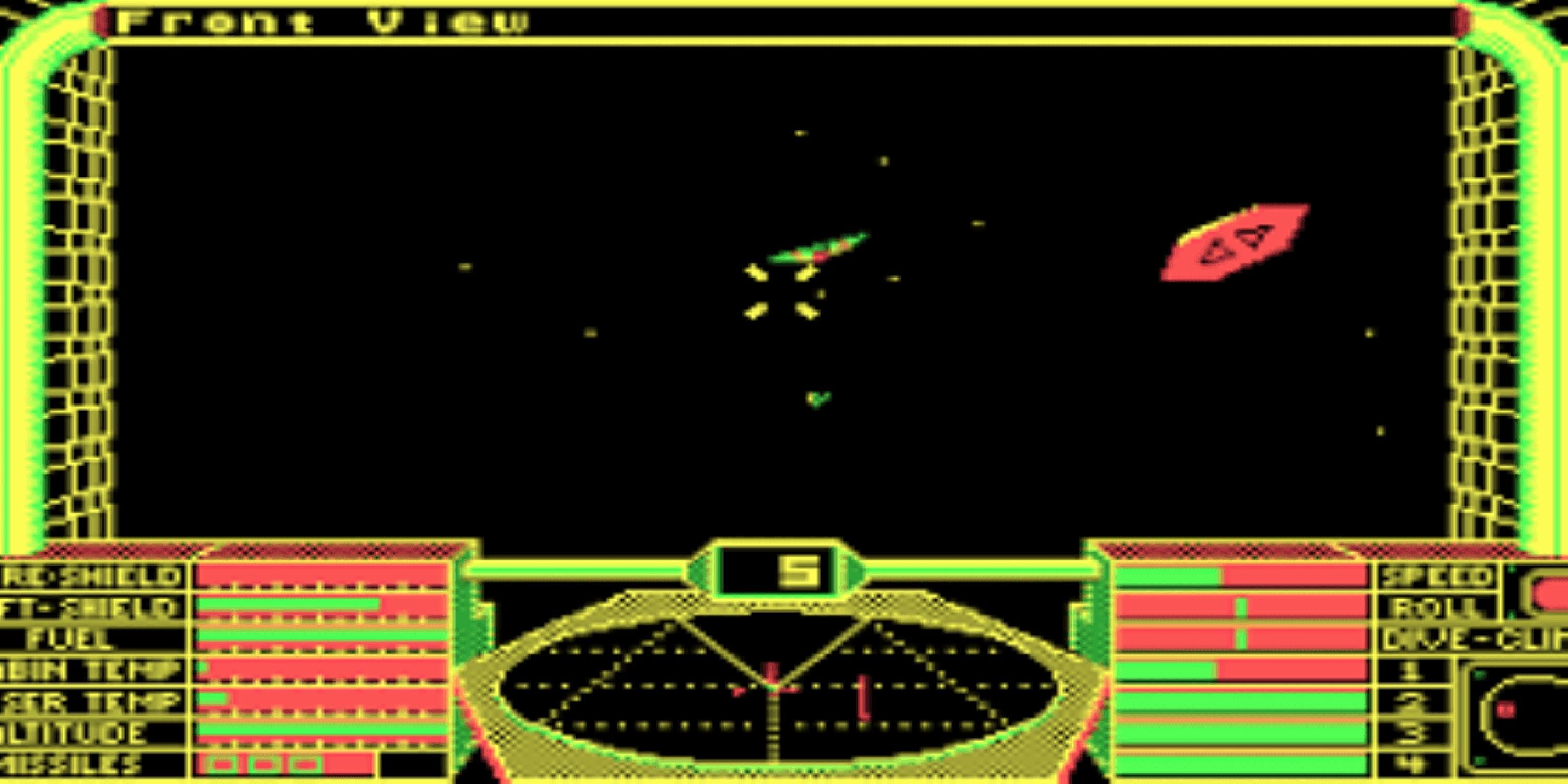
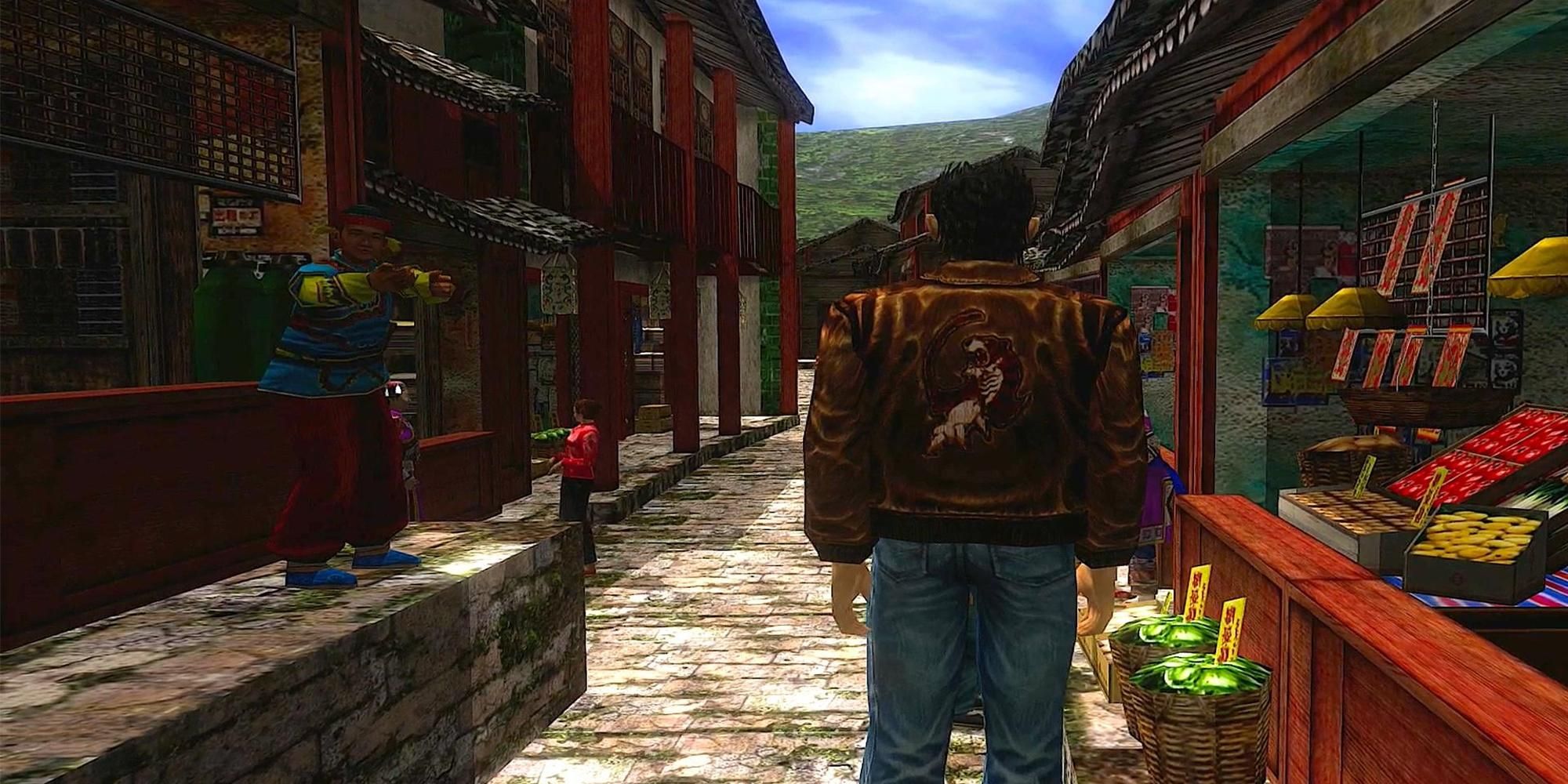
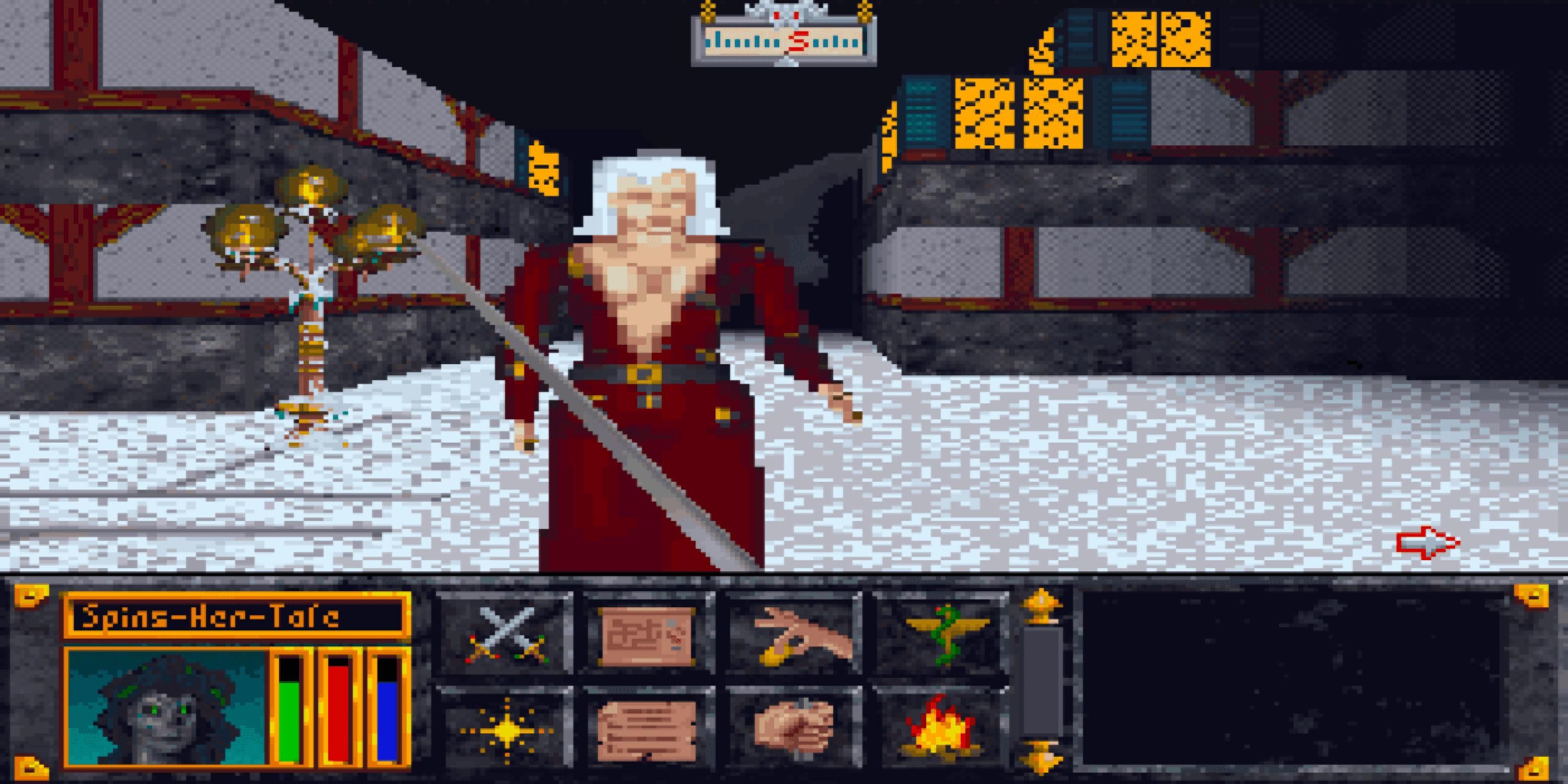
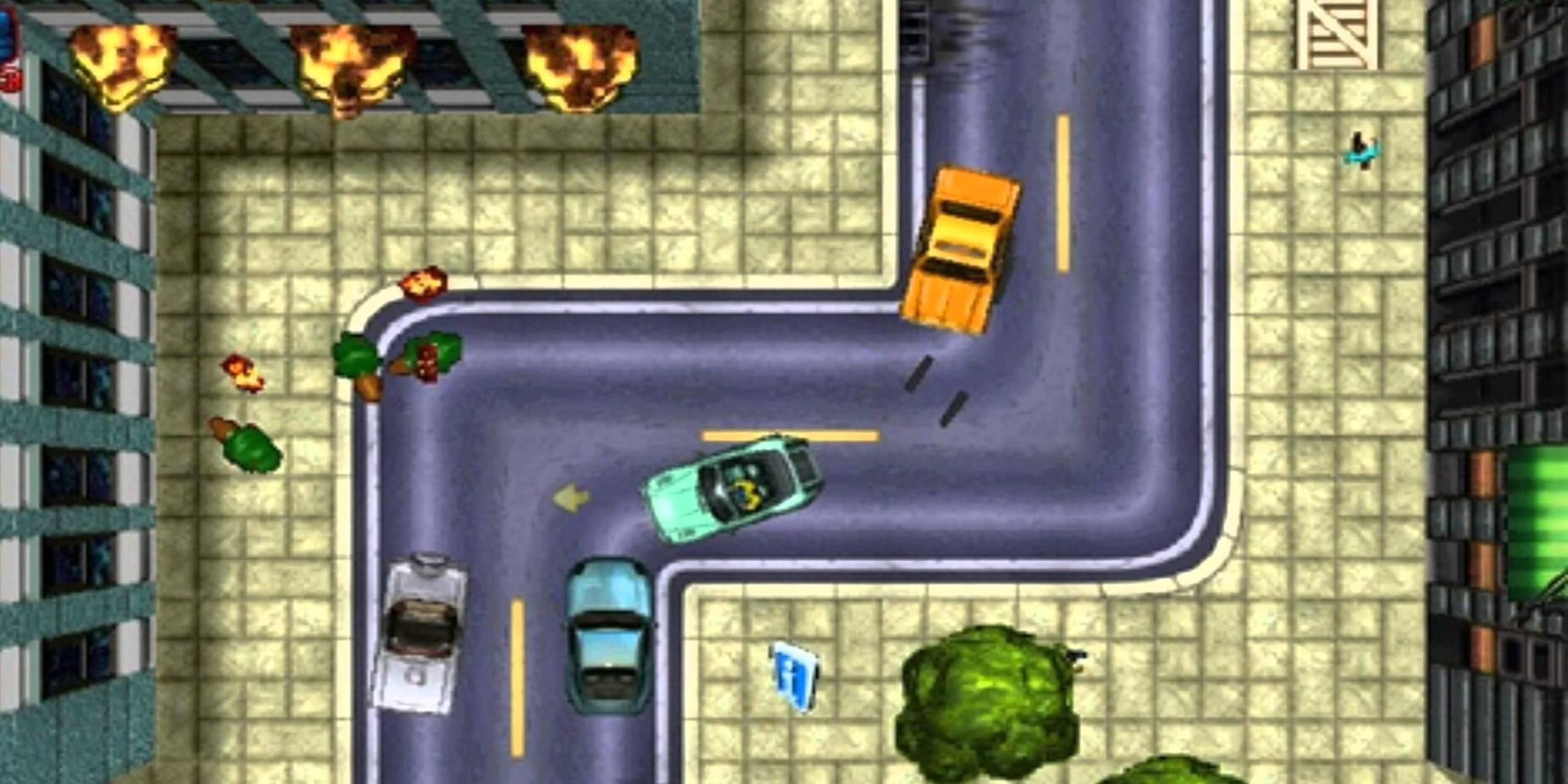
![Best Games Like Nintendo Switch Sports [2025 Update] Best Games Like Nintendo Switch Sports [2025 Update]](https://i0.wp.com/www.gamingscan.com/wp-content/uploads/2022/04/nintendo-switch-sports-upcoming-games.jpg?w=1024&resize=1024,1024&ssl=1)




![Best Nature Games [Ultimate 2025 List] Best Nature Games [Ultimate 2025 List]](https://i0.wp.com/www.gamingscan.com/wp-content/uploads/2023/01/Best-Nature-Games.jpg?w=1024&resize=1024,1024&ssl=1)

![Best Games Like Five Nights At Freddy’s [2025 Ultimate List] Best Games Like Five Nights At Freddy’s [2025 Ultimate List]](https://i1.wp.com/www.gamingscan.com/wp-content/uploads/2022/06/Best-Games-Like-Five-Nights-At-Freddys.jpg?w=1024&resize=1024,1024&ssl=1)
![Best Minimalist Games 2025 [Ultimate List] Best Minimalist Games 2025 [Ultimate List]](https://i0.wp.com/www.gamingscan.com/wp-content/uploads/2021/05/Best-Minimalist-Games.jpg?w=1024&resize=1024,1024&ssl=1)


